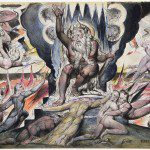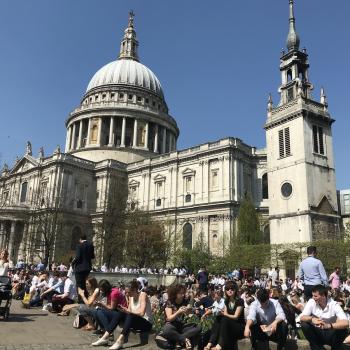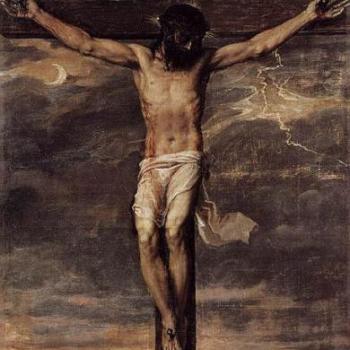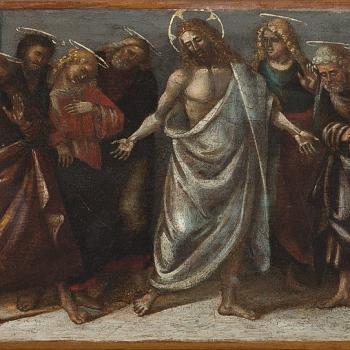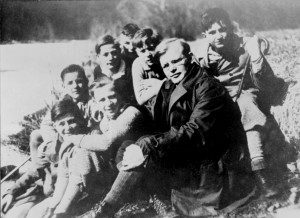
“Sola Scriptura”—Martin Luther’s teaching of Scripture alone—does not signify solitary confinement, but that the Bible is the fundamental written authority for the church’s life in service to Christ.[1] While tradition has an important place to play, it must never eclipse Scripture, no matter how close they are related.
The Lutheran pastor and theologian, Dietrich Bonhoeffer, took quite seriously Scripture’s call to live together in community. The written Word must take on flesh and blood existence in service to the Living Word. As Bonhoeffer writes,
A truth, a doctrine, or a religion needs no space for itself. They are disembodied entities. They are heard, learned, and apprehended, and that is all. But the incarnate Son of God needs not only ears or hearts, but living people who will follow him. That is why he called his disciples into a literal, bodily following, and thus made his fellowship with them a visible reality.[2]
We are more connected to one another than ever before through transportation and technology. However, such automation and automatic downloads do not automatically produce authentic community; in fact, the opposite appears to be the case—the sense of isolation and social fragmentation abound in our culture. So, too, reading a book—even by Bonhoeffer on communal life together—does not necessarily lead to robust communal life. But it may help.
Called to Community: The Life Jesus Wants for His People, edited by Charles E. Moore with a foreword by Stanley Hauerwas (Plough Publishing House), is a collection of essays by thought leaders, many of whom were/are practitioners. The editor does not intend for this collection to be reflected upon alone, or lived alone, but in community. Noteworthy figures like Bonhoeffer, Dorthy Day, Henri Nouwen, John M. Perkins and Mother Teresa fill the pages; along with Scripture, they can serve a key role in cultivating visible, communal life.
I am personally looking forward to seeing Dr. Perkins speak next week at Multnomah Biblical Seminary. The words on the page reflect his life, which has been shaped in the crucible of community in the midst of suffering racial and economic oppression. His faith is no disembodied entity, like a lifeless doctrine, but a vibrant, flesh and blood testimony to Jesus Christ. He is not alone, as this book makes clear. As with the Bible, this book is not to be read alone, or lived alone, but embodied in community. Will we take up and read—and live?
_________________________
[1]See my discussion of this theme in “The Relational Dynamic of Revelation,” in Trinitarian Soundings in Systematic Theology (T. & T. Clark International, 2005), pages 21-35.
[2]See Dietrich Bonhoeffer, “A Visible Reality,” in Called to Community: The life Jesus Wants for His People, complied and edited by Charles E. Moore, with a foreword by Stanley Hauerwas (Walden, NY: Plough Publishing House, 2016), page 43. The selection is taken from The Cost of Discipleship, trans. Reginald H. Fuller (London: SCM Press, 1959), page 212, 223-232.


